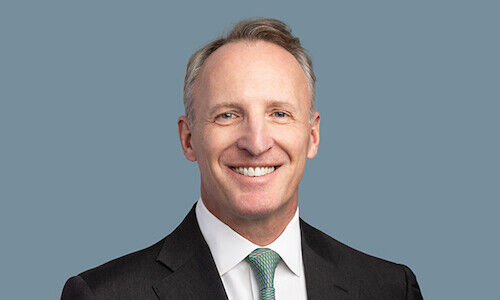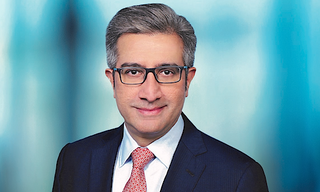Despite reassurances from Washington, global banks are becoming increasingly wary about severe economic risks in the U.S., with a growing number of players calling for a recession.
On Sunday, former U.S. Treasury Secretary Larry Summers said that his «best guess is that a recession is ahead» during an appearance on «NBC», highlighting that this was historically the consistent outcome when inflation and unemployment are above 4 percent. He noted that this was not a common prediction just a couple of months ago but believes it will become an increasingly «consensus view» with more statistical models and forecasters in agreement.
This consensus view is now being adopted by a growing number of global banks.
Recession as Base Case
More than two months ago, Deutsche Bank became the first major lender to call for a recession, predicting the downturn to occur by end-2023. On Friday, it revised its forecast for a U.S. recession from the fourth quarter of 2023 to the third quarter, calling for a 3.1 percent contraction followed by a 0.4 percent contraction in the last three-month period of the year.
«Since that time [over two months ago], the Fed has undertaken a more aggressive hiking path, financial conditions have tightened sharply and economic data are beginning to show clear signs of slowing,» said Deutsche Bank chief U.S. economist Matt Luzzetti in a note that predicted 0.5 percent GDP contraction overall in 2023. «In response to these developments, we now expect an earlier and somewhat more severe recession.»
Nomura is the latest to make the same call with economists Aichi Amemiya and Robert Dent issuing a note on Monday saying that a «mild recession» starting in the fourth quarter of 2022 is «now more likely than not». The Japanese bank is forecasting a U.S. GDP contraction of 1.3 percent in 2023.
Sizeable Probability
Elsewhere, global banks that have yet to fully join the U.S. recession camp are nonetheless demonstrating caution by applying a sizeable probability to an economic decline.
Two days before the Federal Reserve delivered a 75 basis point hike – the highest since 1994 – Morgan Stanley chief executive James Gorman placed the odds for a recession at «50-50», adding that a downturn would neither be deep nor long-lasting if it were to materialize.
And on Monday, Goldman Sachs said there was a 30 percent chance that a recession could start in 2023 and 25 percent in 2024, according to a note by the bank’s economists led by Jan Hatzius, underlining concerns that the Fed will «feel compelled to respond forcefully to high headline inflation and consumer inflation expectations if energy prices rise further, even if activity slows sharply».
Consensus: Taming Inflation
Summers' comments on Sunday were seemingly followed by a public relations campaign by Washington with one key message about the recession: «not inevitable».
Current Treasury Secretary Janet Yellen said in an «ABC» interview that she didn’t believe a recession was «inevitable» and expected continued slow growth. U.S. President Joe Biden followed up in an attempt to soften the blow from Summers on Monday, claiming that «there’s nothing inevitable about a recession» based on his own call with the ex-Treasury Secretary, according to a «Bloomberg» report, underlining healthcare changes as a potentially positive driver.
Yet interestingly, the one area where there is agreement across the board – expectations of more rate hikes from the Fed to tame inflation – is the exact concern that will potentially trigger a recession.
«I think the likelihood is that in order to do what's necessary to stop inflation the Fed is going to raise interest rates enough that the economy will slip into recession,» Summers said. «And I think that view, which was not a common view a couple months ago, is now the view of a number of statistical models and the view of a range of forecasters, and I think will increasingly become a consensus view.»



























